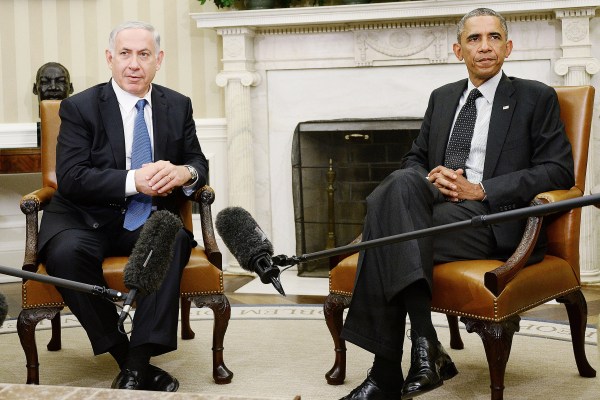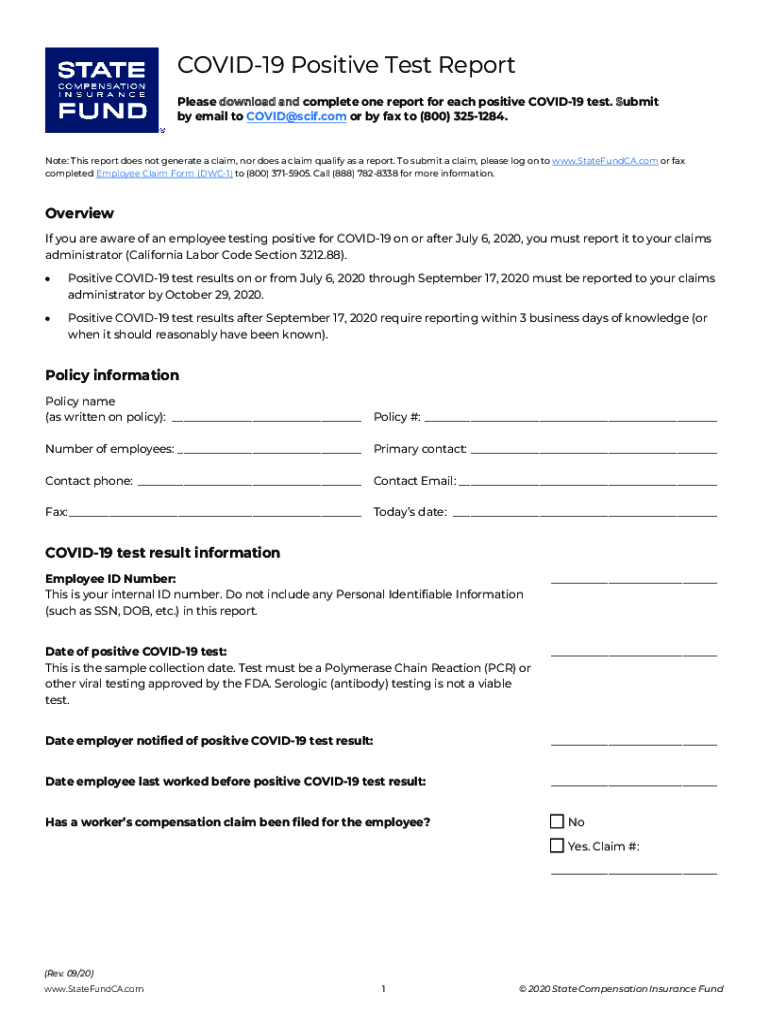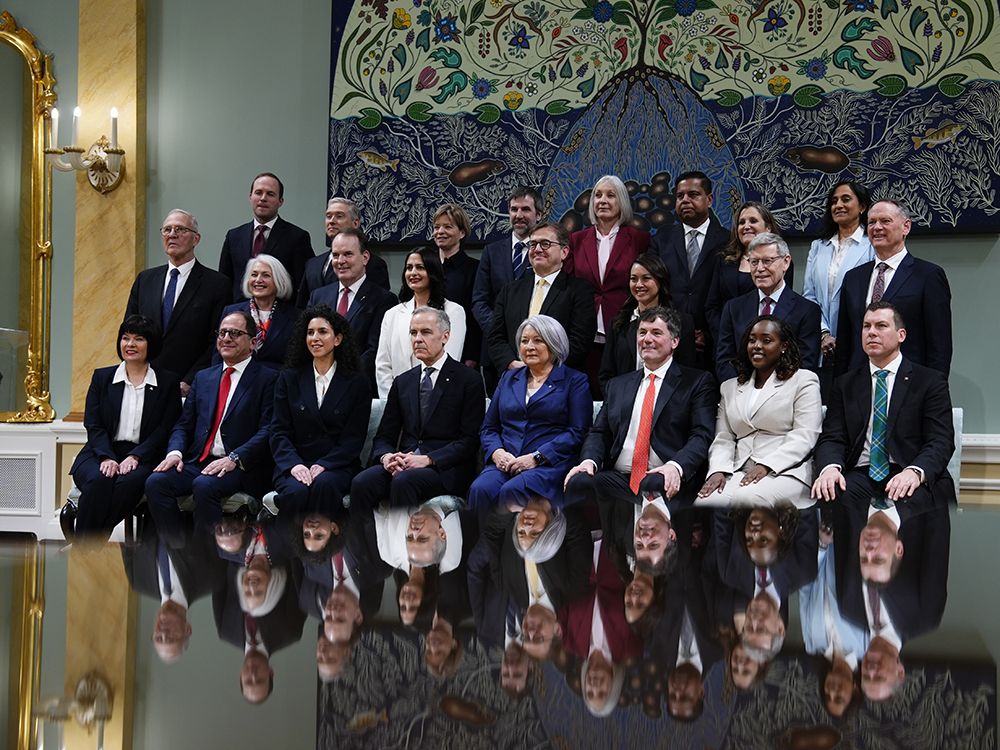The China Factor: Analyzing The Struggles Of BMW, Porsche, And Other Automakers

Table of Contents
Intense Domestic Competition
The Chinese automotive landscape is fiercely competitive, primarily due to the rapid rise of domestic brands and the resulting price wars.
Rise of Chinese Automakers
The emergence of powerful Chinese automakers like BYD, Nio, and Xpeng presents a significant threat to established international players. These domestic brands are leveraging technological advancements, particularly in electric vehicles (EVs), and benefiting from substantial government support and subsidies.
- Successful Chinese EV Models: BYD's Han and Tang models, Nio's ET7, and Xpeng's G9 are just a few examples of vehicles that are directly competing with and even outperforming international brands in terms of features, range, and pricing.
- Government Support: Generous subsidies and favorable policies designed to promote domestic brands have significantly boosted their competitiveness. This includes tax breaks, incentives for EV adoption, and infrastructure development.
- Competitive Pricing and Features: Chinese brands offer compelling features at highly competitive prices, often undercutting established international brands, leading to significant market share erosion.
Price Wars and Market Share Erosion
The intense competition has inevitably triggered price wars, significantly impacting the profit margins of international automakers. Forced to react to aggressive pricing from domestic rivals, many international brands are reducing prices, sacrificing profitability to maintain market share.
- Price Reductions: BMW and other international brands have implemented price cuts in the Chinese market to counter the competitive pressure from local players.
- Impact on Profitability: This price competition is squeezing profit margins, forcing companies to re-evaluate their strategies and seek ways to improve efficiency and cost-effectiveness.
- Countering Price Competition: Strategies include focusing on premium features, brand building, and enhanced customer service to differentiate themselves in a price-sensitive market.
Navigating Regulatory Hurdles and Shifting Consumer Preferences
Success in China requires navigating a complex regulatory environment and adapting to the evolving preferences of Chinese consumers.
Stringent Emission Standards and Regulations
China is implementing increasingly stringent emission standards and regulations, demanding significant investment from automakers to comply. Meeting these standards, including those related to fuel efficiency and emissions control, presents considerable engineering and financial challenges.
- Regulations and Impact: The implementation of stricter emission standards necessitates costly redesigns and upgrades to vehicle components and powertrains.
- Cost of Compliance: The cost of adapting to these regulations can be substantial, particularly for legacy manufacturers with large fleets of existing models.
- Difficulties in Adapting Existing Models: International automakers often face the challenge of retrofitting existing models to meet China's unique regulatory requirements.
Evolving Consumer Demands
Chinese consumers are increasingly demanding electric vehicles, advanced technology, and specific design features tailored to their preferences. International automakers must adapt their product offerings accordingly to remain competitive.
- Popular Features in the Chinese Market: Features such as large touchscreens, advanced driver-assistance systems (ADAS), and connected car technologies are highly valued by Chinese consumers.
- Differences in Consumer Preferences: Chinese consumer preferences, including design aesthetics and technological expectations, often differ from those in other markets.
- Necessity for Localized Product Development: Developing products specifically for the Chinese market is crucial for success, involving tailored design, engineering, and features.
Supply Chain Disruptions and Geopolitical Risks
The reliance on Chinese supply chains and the inherent geopolitical risks add another layer of complexity to operating in the Chinese market.
Dependence on Chinese Supply Chains
Many international automakers rely heavily on Chinese suppliers for various components. This dependence creates vulnerabilities in the face of potential supply chain disruptions.
- Key Components Sourced from China: Numerous critical auto parts, including batteries, electronics, and other components, are sourced from China.
- Risks Associated with Trade Tensions: Trade tensions and geopolitical instability can significantly disrupt supply chains, leading to production delays and increased costs.
- Strategies for Diversification: Automakers are increasingly seeking to diversify their supply chains to reduce dependence on China and mitigate these risks.
Geopolitical Uncertainties
Geopolitical tensions and trade disputes between China and other countries can significantly impact the operations of international automakers within the country.
- Impact of Trade Disputes: Trade wars and tariffs can significantly increase the cost of importing and exporting goods, impacting profitability and competitiveness.
- Navigating Political Complexities: Operating within a complex political landscape requires skillful navigation and a thorough understanding of local regulations and sensitivities.
- Risk Mitigation Strategies: Implementing risk mitigation strategies, including hedging against currency fluctuations and diversifying operations, is crucial for minimizing potential losses.
Conclusion
The China Factor presents a unique set of challenges for international automakers like BMW and Porsche. Intense domestic competition, stringent regulations, shifting consumer preferences, supply chain vulnerabilities, and geopolitical uncertainties all contribute to the complexities of operating within this dynamic market. The key takeaways highlight the necessity for adaptation, localization, and diversification strategies. To succeed, international players must carefully navigate these challenges by understanding and responding to the unique characteristics of the Chinese automotive market. For further insights into overcoming The China Factor, explore resources like industry reports from organizations such as the China Association of Automobile Manufacturers (CAAM) and consult market research data from firms specializing in the Chinese automotive sector. Understanding and mastering The China Factor is crucial for continued success in the world's largest automotive market.

Featured Posts
-
 Reddit Down For Thousands A Worldwide Service Issue
May 18, 2025
Reddit Down For Thousands A Worldwide Service Issue
May 18, 2025 -
 Eurovision Song Contest The Uks 2025 Entry And Historys Most Controversial Performances
May 18, 2025
Eurovision Song Contest The Uks 2025 Entry And Historys Most Controversial Performances
May 18, 2025 -
 Moodys Downgrade Of Us Debt Rating White House Criticism And Market Impact
May 18, 2025
Moodys Downgrade Of Us Debt Rating White House Criticism And Market Impact
May 18, 2025 -
 Working Holidays In Japans Metropolis
May 18, 2025
Working Holidays In Japans Metropolis
May 18, 2025 -
 Guilty Plea Lab Owner Admits To Faking Covid Test Results During Pandemic
May 18, 2025
Guilty Plea Lab Owner Admits To Faking Covid Test Results During Pandemic
May 18, 2025
Latest Posts
-
 Analyzing The Potential Synergy Between Canadian Tire And Hudsons Bay
May 18, 2025
Analyzing The Potential Synergy Between Canadian Tire And Hudsons Bay
May 18, 2025 -
 Metas Monopoly Trial A Look At The Ftcs New Defensive Strategy
May 18, 2025
Metas Monopoly Trial A Look At The Ftcs New Defensive Strategy
May 18, 2025 -
 Give Carneys Cabinet A Chance Holding The Government Accountable
May 18, 2025
Give Carneys Cabinet A Chance Holding The Government Accountable
May 18, 2025 -
 Will Canadian Tire Thrive Under Hudsons Bay Ownership A Cautious Analysis
May 18, 2025
Will Canadian Tire Thrive Under Hudsons Bay Ownership A Cautious Analysis
May 18, 2025 -
 Focus Shifts To Defense As Ftc Continues Meta Monopoly Case
May 18, 2025
Focus Shifts To Defense As Ftc Continues Meta Monopoly Case
May 18, 2025
